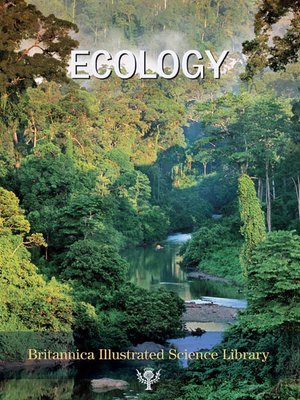
Sign up to save your library
With an OverDrive account, you can save your favorite libraries for at-a-glance information about availability. Find out more about OverDrive accounts.
Find this title in Libby, the library reading app by OverDrive.



Search for a digital library with this title
Title found at these libraries:
| Library Name | Distance |
|---|---|
| Loading... |
Long ago when people still lived in caves—perhaps at the same time when they developed habits that were different from those of other animals— humans began to practice ecology. They became keen observers of nature through such basic and instinctive actions as tracking both large wild animals and small prey, discerning edible plants from poisonous ones, and noting the time of year when different plants could be gathered. From necessity and inherent curiosity, humans began to learn about the relationships between living things and the environment. As the field of ecology grew, its focus went beyond the simple cataloging of living things in the world. Ecologists also became interested in understanding how living things function and how they interrelate with one another and with the environment—to explain that peculiar element that makes the Earth unique: life. We will begin by learning what ecology is and what it is not. (At times the word has been used incorrectly as a synonym for environmental protection.) Later, we will look at how living things are classified, before moving into the study of the environments in which they live: the land, water, and air.







